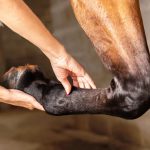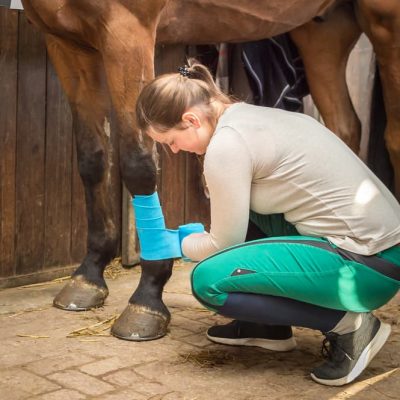Understanding and Managing Skin Abnormalities
Last weekend, we encountered the unsettling discovery of lumps and bumps on Tiggy. They appeared on her side near the belly. This is always scary so the best thing to do when you are scared is you equip yourself with the best weapon against fear and that is knowledge. After the discovery I delved into the world of equine skin abnormalities, exploring their possible causes, identifying different types of lumps and bumps, and possible steps to manage and address these issues effectively.
Identifying the Types of Lumps and Bumps:
Lumps and bumps on a horse’s skin can vary in size, texture, and appearance. Understanding the different types can help you determine the appropriate course of action. They may include abscesses, cysts, hives, sarcoids, or even harmless fatty lumps called lipomas.
Possible Causes and Risk Factors:
Skin abnormalities can stem from various causes, including insect bites, allergies, infections, or underlying medical conditions. External factors such as environmental irritants, grooming products, or trauma can also contribute. Assessing potential risk factors can aid in pinpointing the root cause.
Seeking Veterinary Advice:
If you notice lumps and bumps on your horse, it is essential to consult with a veterinarian. They can examine the affected area, conduct tests if necessary, and provide a professional diagnosis. Veterinary guidance is crucial to ensure proper treatment and rule out any serious underlying conditions.
Treatment Options:
Treatment for lumps and bumps depends on the specific diagnosis. It may involve topical creams or ointments, oral medications, surgical intervention, or other specialized treatments. Your veterinarian will recommend the most appropriate course of action based on the type and severity of the skin abnormality.
Preventive Measures:
Taking preventive measures can reduce the likelihood of your horse developing skin abnormalities. These include practicing good hygiene, using suitable grooming products, implementing regular parasite control, and providing a clean and well-maintained living environment. Preventive measures play a crucial role in maintaining healthy skin.
Monitoring and Regular Check-ups:
Even after treatment, it is essential to monitor your horse’s skin regularly. Keep an eye out for any new lumps or bumps, changes in size or texture, or signs of discomfort. Routine check-ups with your veterinarian can help catch any potential issues early and ensure continued skin health.
Importance of Proper Nutrition:
Maintaining a balanced diet with proper nutrition is vital for overall equine health, including skin condition. Ensure your horse receives a well-rounded diet with appropriate vitamins, minerals, and essential fatty acids that support healthy skin function.
Discovering lumps and bumps on your horse’s skin, especially in sensitive areas like the belly, can be concerning. However, you can effectively manage and address these skin abnormalities with proper understanding, proactive measures, and veterinary guidance. Remember to seek professional advice, follow recommended treatment plans, practice preventive measures, and prioritize your horse’s overall well-being. By taking these steps, you can help your equine companion maintain healthy and lumps-and-bumps-free skin, ensuring their comfort and happiness in the equestrian journey.







